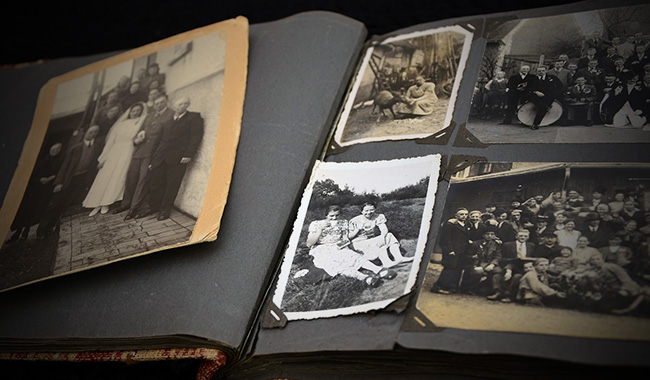Leaders Create Memories
By Rob Zell
Think about your best boss. No seriously, take a few seconds and think about that leader who you consider to be the best leader in your career. Chances are you smiled a little bit as positive memories washed over you. Now think about your worst boss. Not a pleasant memory? Maybe you just winced a little bit or your stomach tightened up. In both cases, it is evident that those leaders left a lasting impression and an emotional link.
New managers often find themselves bogged down in getting the work done and struggle with the critical elements of their role: inspiring and developing others. In my leadership development workshops I try to influence these new managers to see how important their roles are to the functions of the organization. If they motivate, inspire, and develop their people they soon find that their employees are much more likely to use more discretionary effort and take ownership of the business.
Some time ago I wrote about using the concepts in Clued In by Louis Carbone to design the employee experience. There is a powerful principle in the book that I think applies to how leaders should approach their roles. Carbone describes the deep emotional connection that brand loyalists feel and the way it is linked to how they feel about themselves when they engage with the brand. Note that it is not how they feel about the brand (although that is certainly part of it) it is how they feel about themselves. Now reconsider your best boss: how did that person make you feel about yourself while you worked for them?
Chances are you felt confident and empowered. You probably were more likely to speak up in meetings, challenge the status quo, and contribute at multiple levels. These leaders created an environment that pushed you farther, supported you, and rewarded your successes. Everything the leader did, the clues created and reinforced by that leader, helped to forge that emotional connection and deep memory. Here’s the catch: leaders are always on.
Because of the fragile nature of the relationship and the amount of trust involved, it takes consistent and focused effort to maintain that positive environment. Unfortunately all that positivity can be dismantled in mere moments if the leader sends a clue that damages the relationship and breaks the trust. It’s an incredible responsibility to be the leader. It’s more than just getting the work done, allocating resources, and managing the budget. The odds of sending the wrong message are very high. The culture you desire must be constantly managed and maintained. It’s hard work and there are no easy answers or formulas for success.
There are some things you can do to stay ahead of the curve:
- Get to know your people. Understand what makes them tick. Be aware of the things that motivate them and demotivate them. Learn their dreams and desires and always be on the look out for ways to help them achieve their goals and grow.
- Underwrite risk. Give your team members the opportunity to try new things, step out on the limb, and make mistakes. Make sure they know that you will support them when things go sideways and will celebrate their success publicly.
- Practice accountability. Always. This means reinforcing the behavior and culture you desire through recognition and storytelling. It also means maintaining standards and expectations – every day, every time. The minute you fail to do so, you have set a new standard.
Leaders who foster positive environments and help their people grow create the kinds of memories that employees cherish. They help team members be more productive for the organization and help them grow as individuals. They also inspire them to be great leaders themselves and great leadership is a commodity that is always in demand.
What do you think? What are some of the best things your leaders did to inspire and motivate you? How have you passed along that tradition?
 Full Course: Leadership Lessons That Work (4 days)
Full Course: Leadership Lessons That Work (4 days)
Click here for our full list of available courses!





